Home>Renovation & DIY>Tools & Equipment>What Are Screwdriver Stops
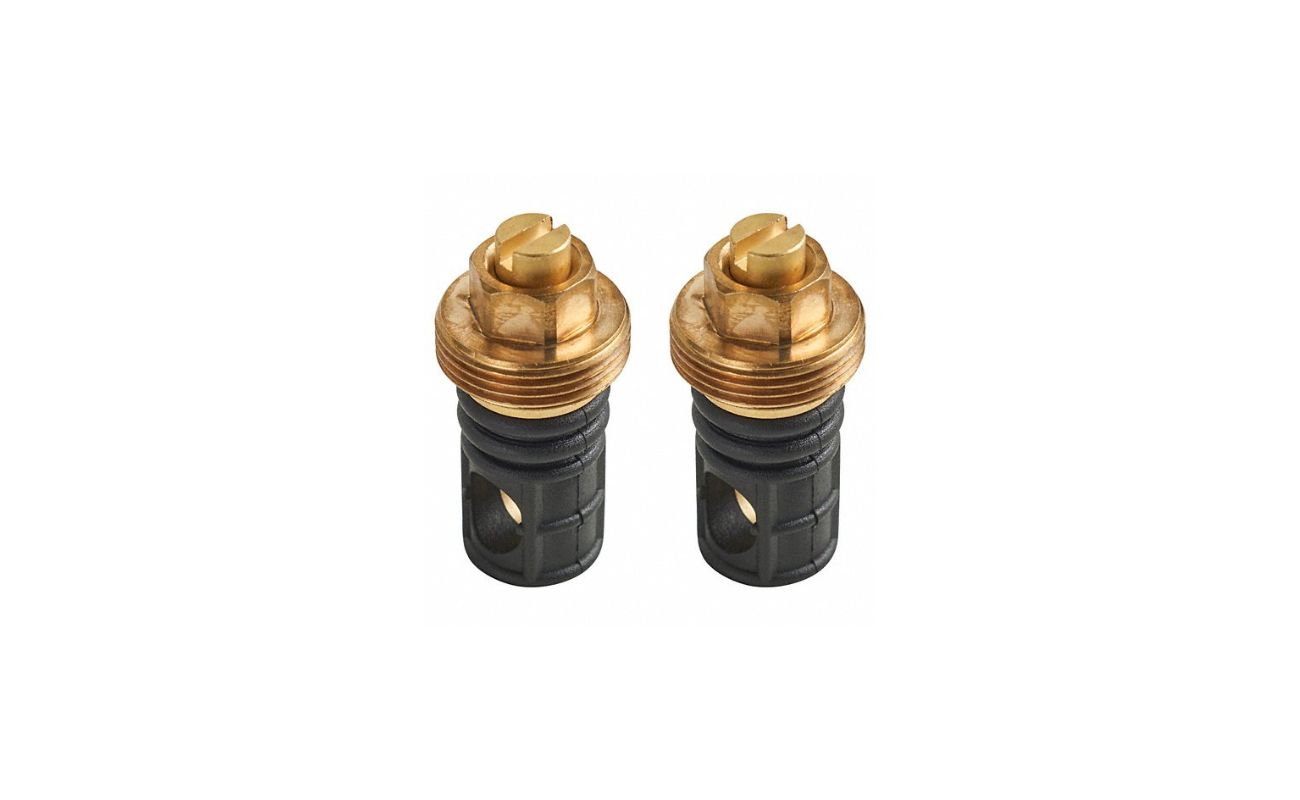

Tools & Equipment
What Are Screwdriver Stops
Modified: January 9, 2024
Discover the importance and functionality of screwdriver stops in tools and equipment. Learn how these accessories can enhance your DIY projects and prevent damage.
(Many of the links in this article redirect to a specific reviewed product. Your purchase of these products through affiliate links helps to generate commission for Storables.com, at no extra cost. Learn more)
Introduction
Welcome to the world of screwdriver stops! When it comes to tools and equipment, having the right accessories can make all the difference. And one such accessory that plays a crucial role in various industries is the screwdriver stop. In this article, we will delve into the world of screwdriver stops, exploring their definition, functionality, types, benefits, applications, and tips to choose the right one. So, let’s get started!
A screwdriver stop, as the name suggests, is a device or attachment that is used to limit the penetration depth of a screwdriver or other similar tools. It acts as a stopper, preventing the tool from over-driving or damaging the fastener or work surface. Screwdriver stops come in a variety of designs and sizes to accommodate different screw types and tool specifications.
Now that we understand the basic concept, let’s explore how screwdriver stops work.
Key Takeaways:
- Screwdriver stops are essential accessories for achieving consistent and precise screw placement, preventing over-driving, and increasing productivity across various industries and applications.
- When choosing a screwdriver stop, consider factors such as screw compatibility, adjustability, material, ease of use, additional features, and budget to ensure optimal performance and reliable screw driving.
Read more: What Is A Slotted Screwdriver
Definition of Screwdriver Stops
Screwdriver stops, also known as depth stops or depth setters, are devices used to limit the depth of penetration when driving screws or other fasteners. They attach to the shaft of a screwdriver, providing a physical barrier to prevent the tool from going too deep into the material being worked on.
These stops are typically made of durable materials like steel or aluminum and are designed to be adjustable. This adjustability allows users to set the desired depth of penetration based on the specific requirements of their project. Screwdriver stops come in various sizes and configurations to suit different screw sizes and driver types.
The primary function of a screwdriver stop is to ensure consistent and accurate screw placement. By preventing over-driving, they help avoid damaging the fastener, work surface, or underlying materials. This is particularly crucial when working on delicate or fragile materials that could easily be damaged by excessive force.
Another key benefit of using screwdriver stops is that they help increase productivity and efficiency. Instead of constantly having to gauge and adjust the depth manually, using a stop allows for quick and precise depth settings. This saves valuable time and ensures a standardized level of accuracy across multiple screws.
Overall, screwdriver stops are essential accessories for anyone involved in woodworking, carpentry, construction, or any other trade that requires frequent screw driving. They provide a reliable way to control and limit the depth of penetration, improving the quality and integrity of the work while reducing the risk of damage.
How Screwdriver Stops Work
Screwdriver stops work by providing a physical barrier that limits the depth of penetration when driving screws or other fasteners. They consist of a collar or sleeve that attaches to the shaft of the screwdriver, creating a stop point for the tool.
To use a screwdriver stop, you simply slide it onto the screwdriver shaft, positioning it at the desired depth according to the screw size and material thickness. Once in place, you tighten the collar to secure it in position. The collar may have a set screw or other locking mechanism to ensure it stays in place during use.
As you insert the screwdriver into the screw head and begin to drive the screw, the collar of the stop prevents the tool from going beyond the set depth. When the collar reaches the surface of the material being worked on, it stops the forward motion of the screwdriver, indicating that the desired depth has been reached.
It is important to note that screwdriver stops are adjustable, allowing you to set different depths depending on the requirements of your project. This adjustability is usually achieved through a threaded design or by using additional collars or washers to change the positioning of the stop.
Additionally, some screwdriver stops have a clutch mechanism that disengages the driving force once the set depth is reached. This helps prevent over-driving and minimizes the risk of stripping the screw or damaging the material.
Overall, screwdriver stops provide a simple yet effective way to control the depth of penetration. By setting the appropriate depth, you can achieve consistent results, avoid fastener and surface damage, and increase efficiency in your work.
Types of Screwdriver Stops
There are several types of screwdriver stops available in the market, each designed to cater to specific applications and screw sizes. Let’s explore some of the most common types:
- Collar Stops: Collar stops are the most basic and widely used type of screwdriver stops. They consist of a collar that slides onto the screwdriver shaft and can be tightened at the desired depth. Collar stops are adjustable and allow for precise depth settings.
- Depth Rings: Depth rings are pre-set stops that come in a variety of sizes to match different screw sizes and material thicknesses. They are typically made of plastic or metal and act as a fixed depth limiter. Depth rings are convenient as they eliminate the need for manual adjustments.
- Magnetic Stops: Magnetic stops are equipped with a magnet that holds the screw in place while driving. This feature prevents the screw from falling off the screwdriver and provides additional stability during the driving process. Magnetic stops are particularly useful when working on overhead or hard-to-reach areas.
- Adjustable Stops: As the name suggests, adjustable stops allow for flexibility in depth settings. They typically feature an adjustable screw or knob that can be turned to set the desired depth of penetration. Adjustable stops are versatile and suitable for a wide range of screw sizes and materials.
- Clutch Stops: Clutch stops have a built-in clutch mechanism that disengages the driving force once the set depth is reached. This prevents over-driving and minimizes the risk of stripping the screw or damaging the material. Clutch stops are popular in industries where precision and delicate work are required.
These are just a few examples of the types of screwdriver stops available. It’s important to choose a stop that best suits your specific needs and preferences. Consider factors such as the type of screws you commonly work with, the material thicknesses you encounter, and the level of precision required for your projects.
Now that we have explored the different types of screwdriver stops, let’s move on to discussing the benefits of using them.
Benefits of Screwdriver Stops
The use of screwdriver stops offers numerous benefits for both professionals and DIY enthusiasts. Let’s take a closer look at some of the key advantages:
- Consistent Depth Control: One of the primary benefits of using screwdriver stops is the ability to maintain a consistent and precise depth of penetration. By setting the stop at the desired depth, you can ensure that every screw is driven to the same depth, resulting in a professional and uniform finish.
- Prevention of Over-Driving: Screwdriver stops act as a physical barrier, preventing the tool from going too deep and over-driving the screw. This helps to avoid damage to the fastener, work surface, or underlying materials. Over-driving can lead to stripped screws, splintered wood, or even fractured materials, all of which can compromise the integrity of the project.
- Time Efficiency: With screwdriver stops, you can save time by eliminating the need to manually measure and adjust the depth of penetration for each screw. Once the stop is set, you can quickly drive screws to the desired depth without the need for constant adjustments. This improves overall productivity, especially when working on projects with a large number of screws.
- Damage Reduction: By preventing over-driving and ensuring consistent depth control, screwdriver stops help reduce the risk of damage to the workpiece. This is particularly important when working on delicate or fragile materials that may be prone to cracking, splitting, or surface damage. Screwdriver stops provide an added layer of protection for your materials.
- Increased Efficiency: Using screwdriver stops allows you to work more efficiently and confidently. With a reliable depth limiter in place, you can focus on the task at hand without worrying about going too deep or damaging the work. This helps to streamline the workflow and improve overall efficiency in completing projects.
These benefits highlight the importance of incorporating screwdriver stops into your arsenal of tools and equipment. Not only do they enhance the quality of your work, but they also contribute to a smoother and more efficient working process.
Now that we understand the benefits of using screwdriver stops, it’s time to explore the various applications where they can be utilized.
When using a screwdriver stop, make sure to adjust it to the correct depth to prevent over-tightening or damaging the screw and the material you are working with.
Read more: What Is A Screwdriver Made Of
Applications of Screwdriver Stops
Screwdriver stops have a wide range of applications across various industries and projects. Let’s explore some of the common applications where screwdriver stops prove to be indispensable:
- Carpentry and Woodworking: In carpentry and woodworking projects, screwdriver stops are essential for precise screw placement. Whether you’re building furniture, cabinets, or installing trim, using a screwdriver stop ensures that screws are driven to the correct depth without damaging the wood.
- Construction: Screwdriver stops also find application in the construction industry. From framing structures to installing drywall and decking, stops aid contractors in achieving consistent and reliable screw placement throughout their projects.
- Electrical and Electronics: When working with electrical and electronic components, it’s crucial to have accurate and controlled screw driving. Screwdriver stops help prevent over-tightening and damage to sensitive equipment, making them valuable tools for electricians, technicians, and hobbyists.
- Plumbing: In plumbing installations, screwdriver stops are used to ensure secure and precise screwing of pipe fittings. Stops help avoid overtightening, which can lead to leaks or damage to the plumbing system.
- Automotive Repair and Maintenance: Screwdriver stops are handy in automotive repair and maintenance tasks. They assist in loosening and tightening screws and prevent damage to various components, ensuring correct screw placement during repairs and upgrades.
- Furniture Assembly: Whether you’re assembling ready-to-assemble furniture or designing custom pieces, screwdriver stops play a significant role. They help ensure seamless and durable joinery, allowing for precise screw placement and preventing over-tightening.
- DIY Projects: Screwdriver stops are valuable accessories for all kinds of DIY enthusiasts. Whether you’re building a bookshelf, installing a TV mount, or working on small home improvement projects, stops prove beneficial in achieving professional results without compromising the integrity of your materials.
These applications represent just a few of the many areas where screwdriver stops are used. No matter the industry or project, if screw driving is involved, incorporating a screwdriver stop can enhance the overall quality, efficiency, and accuracy of your work.
Now that we have discussed the applications, let’s move on to the next crucial aspect – choosing the right screwdriver stop.
Choosing the Right Screwdriver Stop
When it comes to selecting a screwdriver stop, there are a few key factors to consider to ensure you choose the right one for your specific needs. Here are some important factors to keep in mind:
- Screw Compatibility: Consider the types and sizes of screws you commonly work with. Ensure that the screwdriver stop you choose is compatible with the screw sizes you use most frequently. Some stops may have a limited range of compatibility, so it’s essential to check the specifications before making a purchase.
- Adjustability: Determine if you need an adjustable screwdriver stop or if a pre-set depth stop will suffice. Adjustable stops allow for flexibility in depth settings, while pre-set stops offer convenience and eliminate the need for manual adjustments.
- Material: Look for a screwdriver stop made from durable materials like steel or aluminum. These materials offer strength and longevity, ensuring that the stop can withstand regular use and maintain its functionality over time.
- Ease of Use: Consider how easy it is to install and use the screwdriver stop. Look for stops with user-friendly designs and features such as clear depth markings or intuitive adjustment mechanisms. This will streamline your workflow and minimize any potential frustrations.
- Additional Features: Some screwdriver stops come with additional features such as magnetic properties for holding screws in place or clutch mechanisms for disengaging the driving force. Evaluate if these additional features would be beneficial for your specific applications.
- Budget: Set a budget range before shopping for a screwdriver stop. This will help you narrow down your choices and find an option that meets your requirements without breaking the bank. Remember, the price may vary based on the features and quality of the stop.
It is also helpful to read product reviews and compare different options to gather insights from other users’ experiences. Gathering feedback from trusted sources can assist you in making an informed decision.
By carefully considering these factors, you can choose the right screwdriver stop that aligns with your specific needs and ensures precise, efficient, and reliable screw driving.
Now that you know how to choose the right stop, let’s move on to discussing maintenance and care for screwdriver stops.
Maintenance and Care for Screwdriver Stops
To ensure optimal performance and longevity of your screwdriver stop, it is important to follow proper maintenance and care practices. Here are some guidelines to keep in mind:
- Cleanliness: Regularly clean your screwdriver stop to remove any dirt, debris, or buildup that may affect its functionality. Use a soft cloth or brush to gently wipe away any residue. Avoid using harsh chemicals or abrasive materials that could damage the stop’s surface.
- Storage: When not in use, store your screwdriver stop in a dry and clean area. Protect it from moisture or extreme temperatures that could cause corrosion or damage. Consider using a designated storage case or pouch to keep the stop safe and organized.
- Lubrication: Lubricate any moving parts or adjustable mechanisms of your screwdriver stop as recommended by the manufacturer. This will help to reduce friction and ensure smooth operation. Be sure to use the appropriate lubricant suitable for your stop’s material to prevent any adverse effects.
- Inspection: Periodically inspect your screwdriver stop for any signs of wear, damage, or loosening of components. Check for any cracks, dents, or deformation that may affect its performance. If you notice any issues, consider replacing the stop to maintain safe and efficient screw driving.
- Proper Use: Always use the screwdriver stop according to its intended purpose and within its specified capacity. Avoid applying excessive force or over-tightening screws, as this can cause damage to both the stop and the workpiece. Following the manufacturer’s instructions and guidelines will help prolong the life of your stop.
- Regular Calibration: If your screwdriver stop has adjustable features, calibrate it periodically to ensure accurate depth settings. Over time, the stop may loosen or shift, affecting its precision. Re-adjust and tighten the components as necessary to maintain consistent performance.
By practicing these maintenance and care tips, you can extend the lifespan of your screwdriver stop and ensure its reliable performance over time. Regularly checking and maintaining your stop will contribute to safe and accurate screw driving in your projects.
With proper maintenance covered, we have reached the end of our exploration of screwdriver stops. Hopefully, this article has provided you with valuable insights into the world of screwdriver stops and their importance in various industries and applications.
Remember, choosing the right screwdriver stop, using it correctly, and maintaining it properly will significantly enhance the quality, efficiency, and durability of your screw driving projects.
Conclusion
Screwdriver stops are valuable tools and accessories that offer precise depth control and enhance the quality of screw driving tasks. Whether you’re a professional tradesperson or a DIY enthusiast, incorporating a screwdriver stop into your toolbox can make a significant difference in the accuracy and efficiency of your projects.
In this article, we explored the definition of screwdriver stops and how they function to limit the depth of penetration. We discussed the various types of stops available, including collar stops, depth rings, magnetic stops, adjustable stops, and clutch stops. Each type offers unique features and benefits, catering to different screw sizes and applications.
The benefits of using screwdriver stops extend beyond consistent depth control. They prevent over-driving, reduce the risk of damage to fasteners and work surfaces, increase productivity, and improve overall efficiency. In applications ranging from carpentry and construction to electrical work and automotive repair, screwdriver stops play a vital role in achieving professional and reliable results.
To choose the right screwdriver stop for your needs, consider factors such as screw compatibility, adjustability, material, ease of use, additional features, and your budget. Taking care of your screwdriver stop through regular cleaning, proper storage, lubrication, inspection, and calibration will ensure its optimal performance over time.
By integrating screwdriver stops into your workflow and following best practices, you can enjoy the benefits of precise screw driving, reduced damage risks, increased productivity, and consistent quality in your projects.
So, whether you’re embarking on a woodworking project, assembling furniture, or working on a plumbing installation, don’t forget to equip yourself with a reliable screwdriver stop. It will be an indispensable tool that enhances your craftsmanship and allows you to drive screws with confidence and precision.
Frequently Asked Questions about What Are Screwdriver Stops
Was this page helpful?
At Storables.com, we guarantee accurate and reliable information. Our content, validated by Expert Board Contributors, is crafted following stringent Editorial Policies. We're committed to providing you with well-researched, expert-backed insights for all your informational needs.
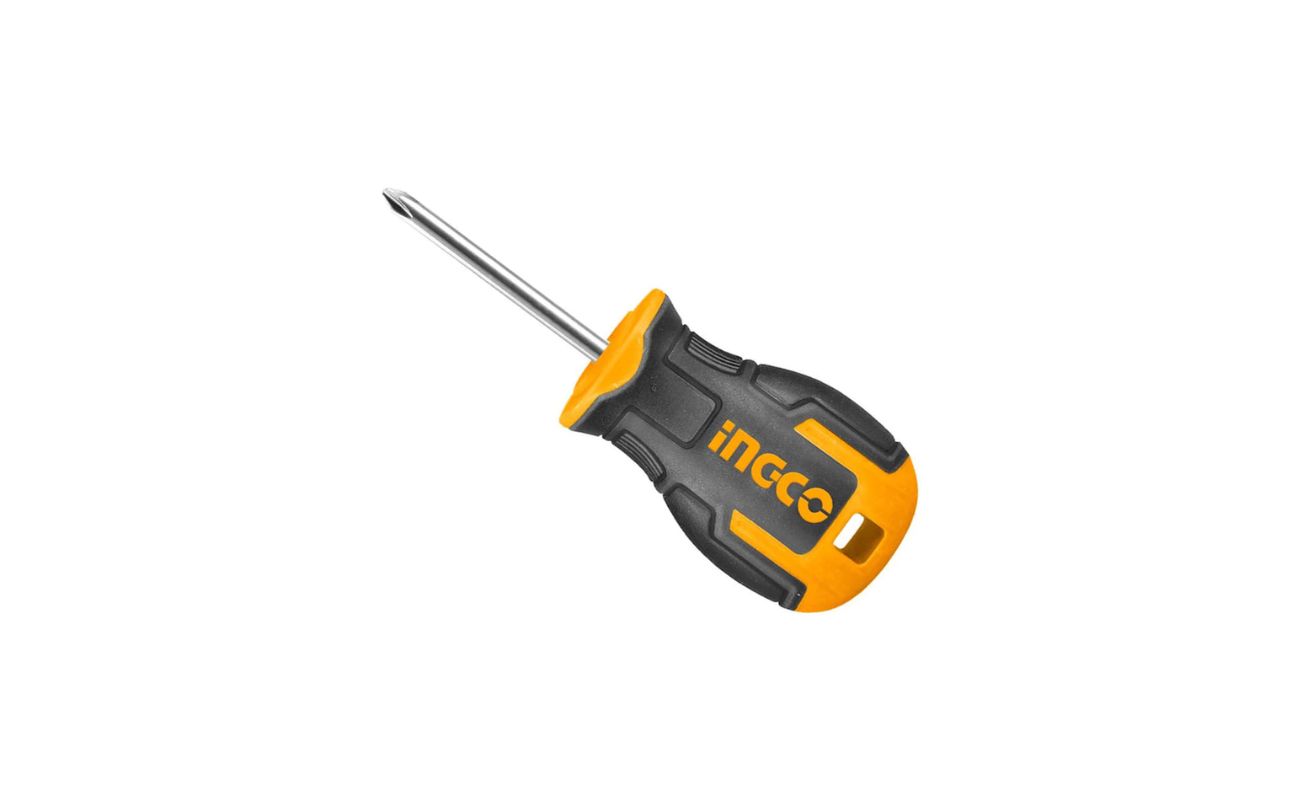
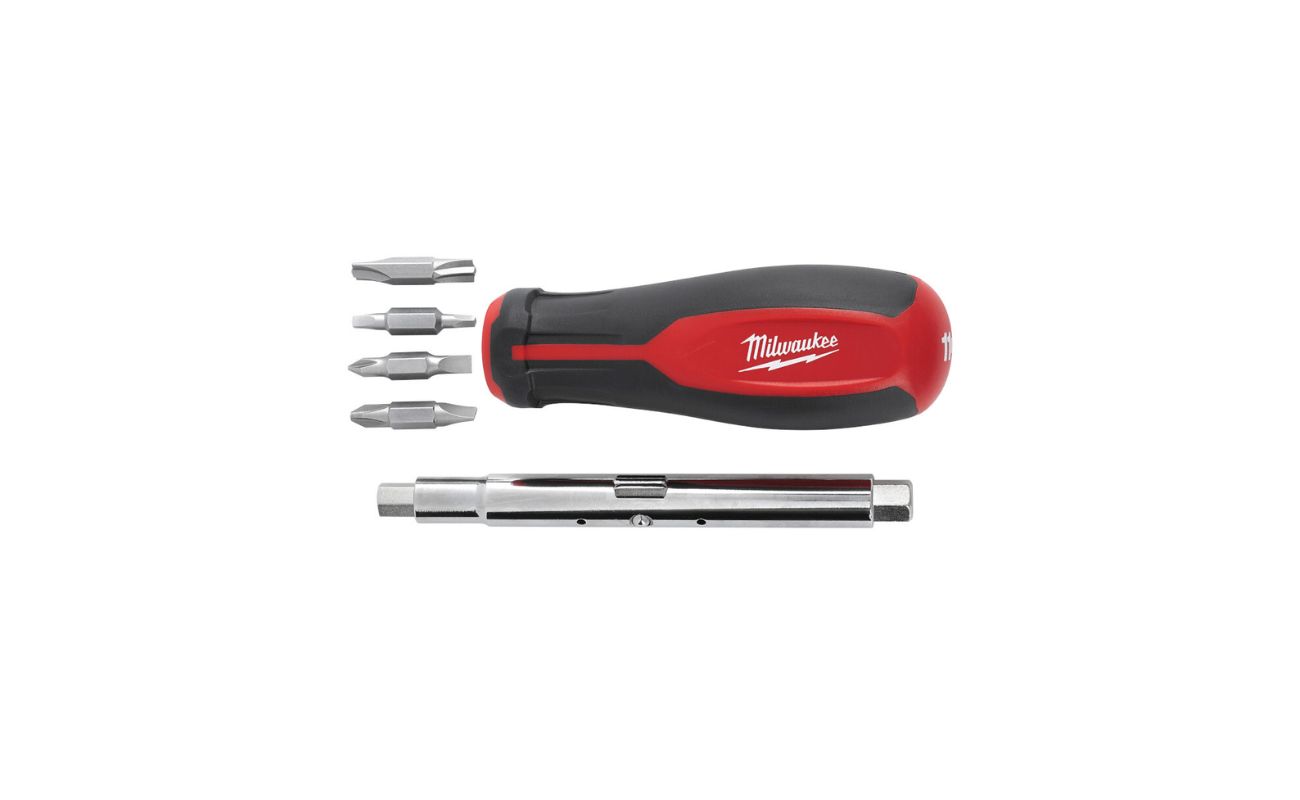
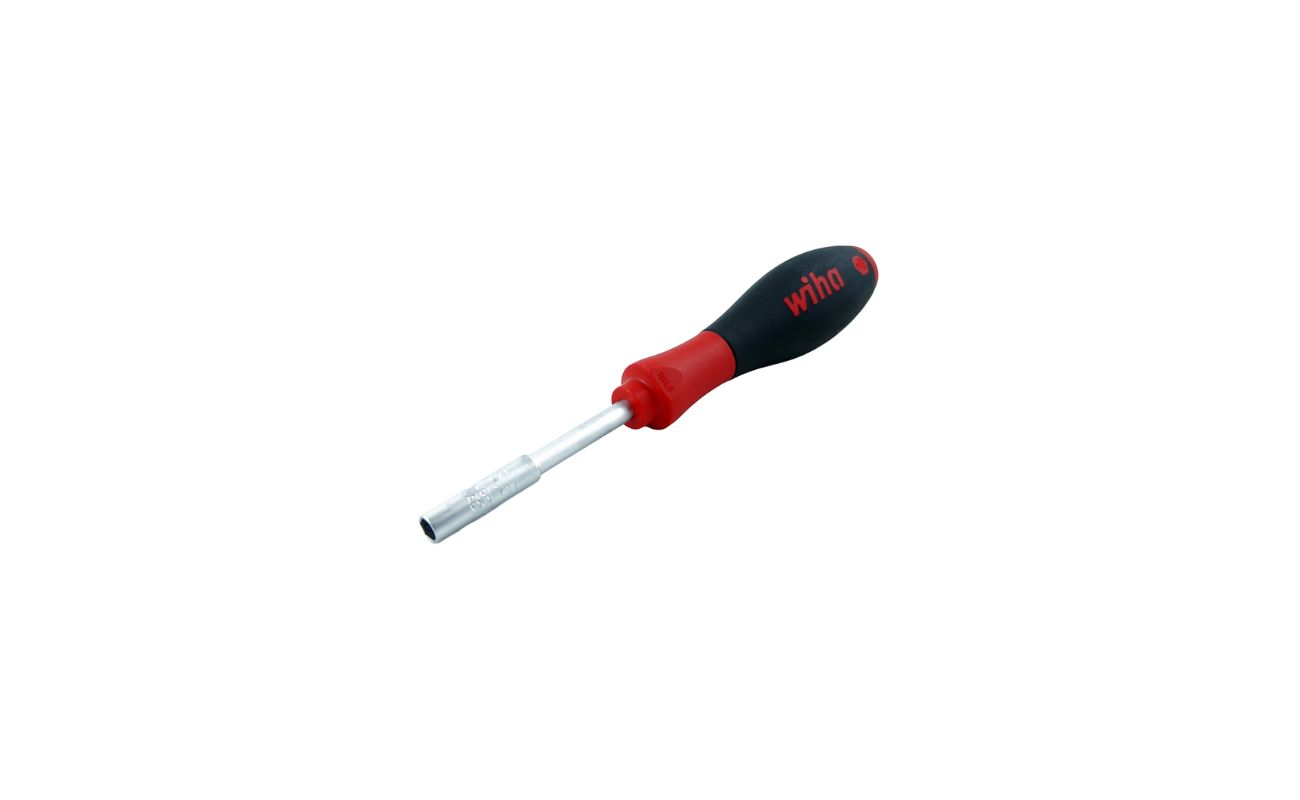
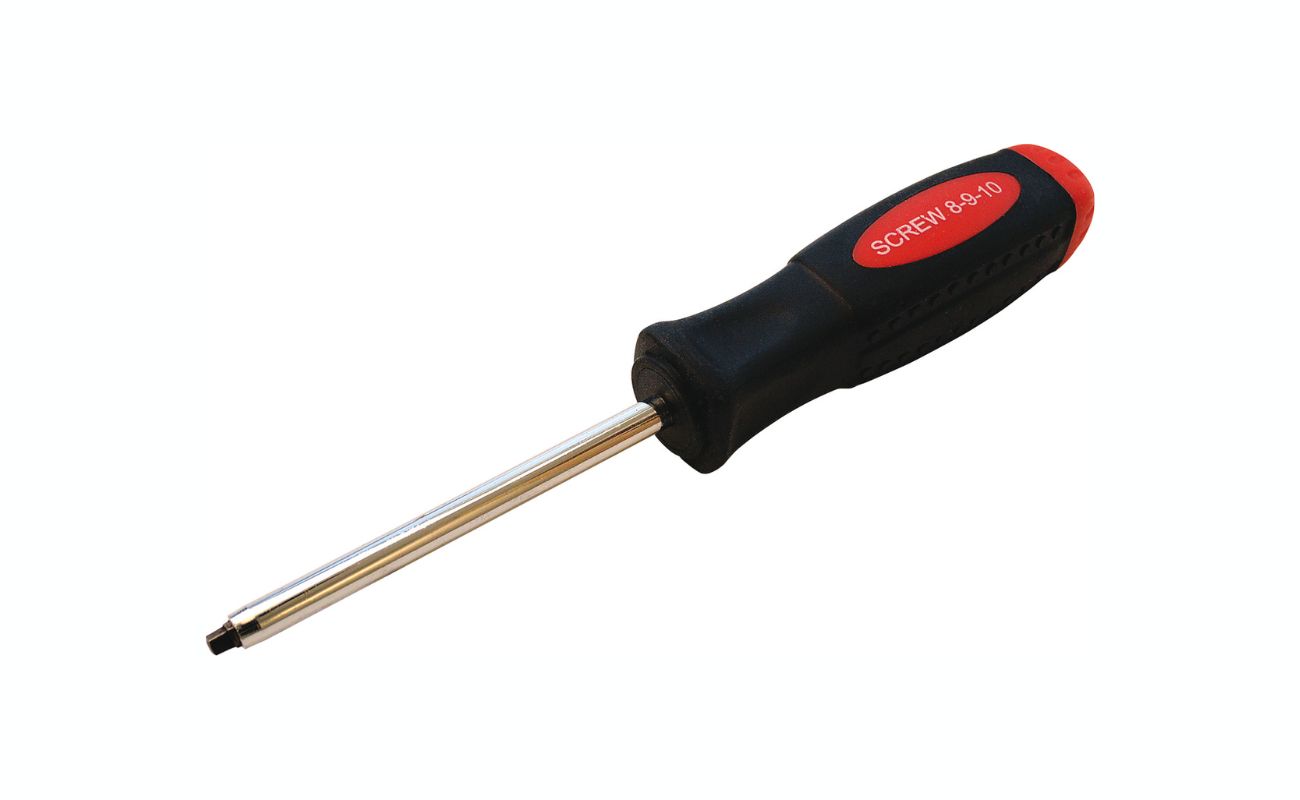
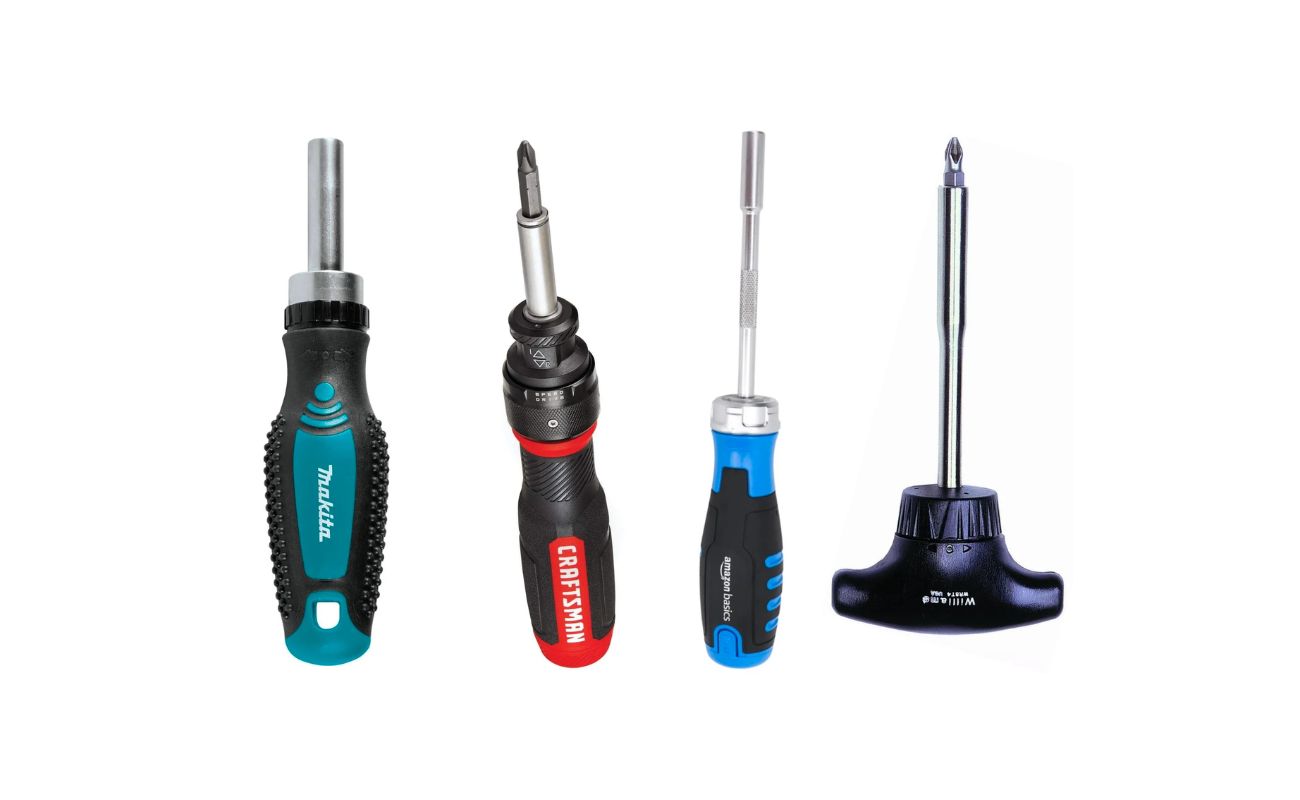

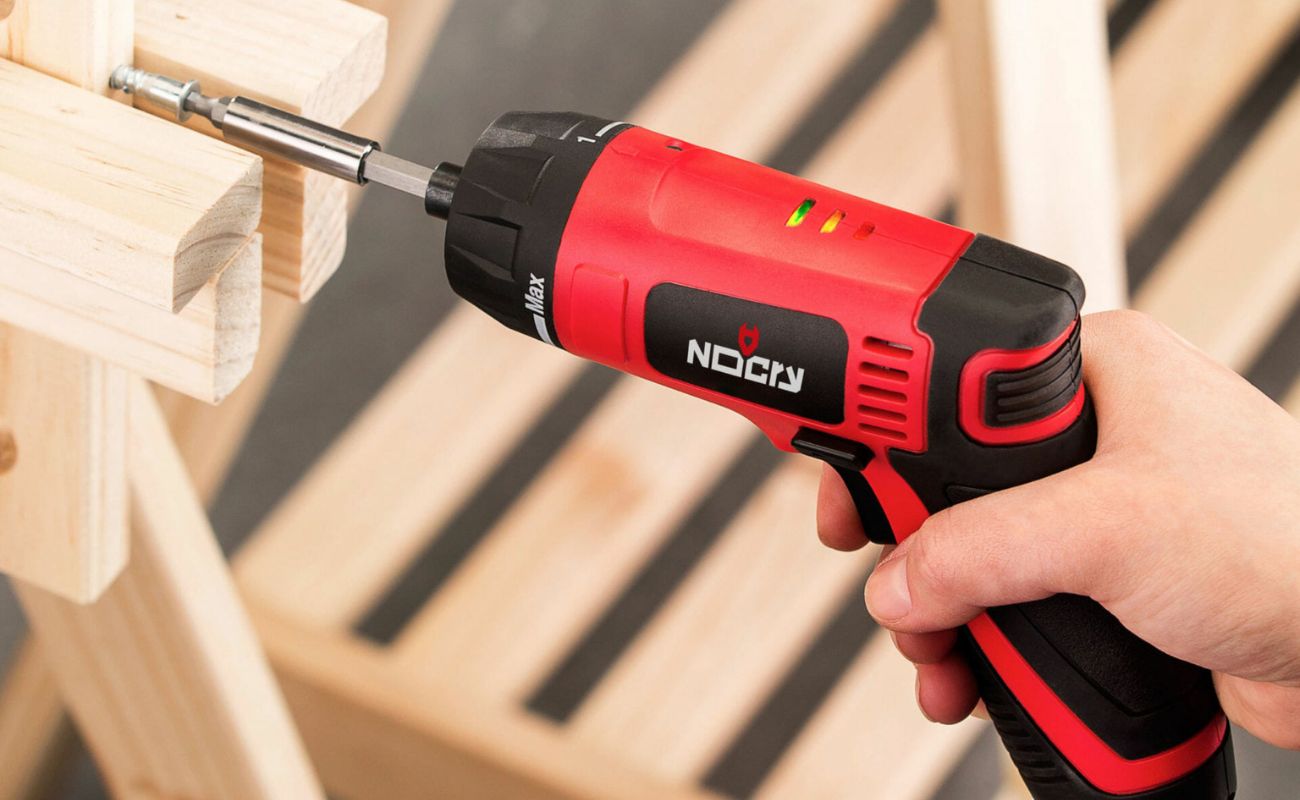
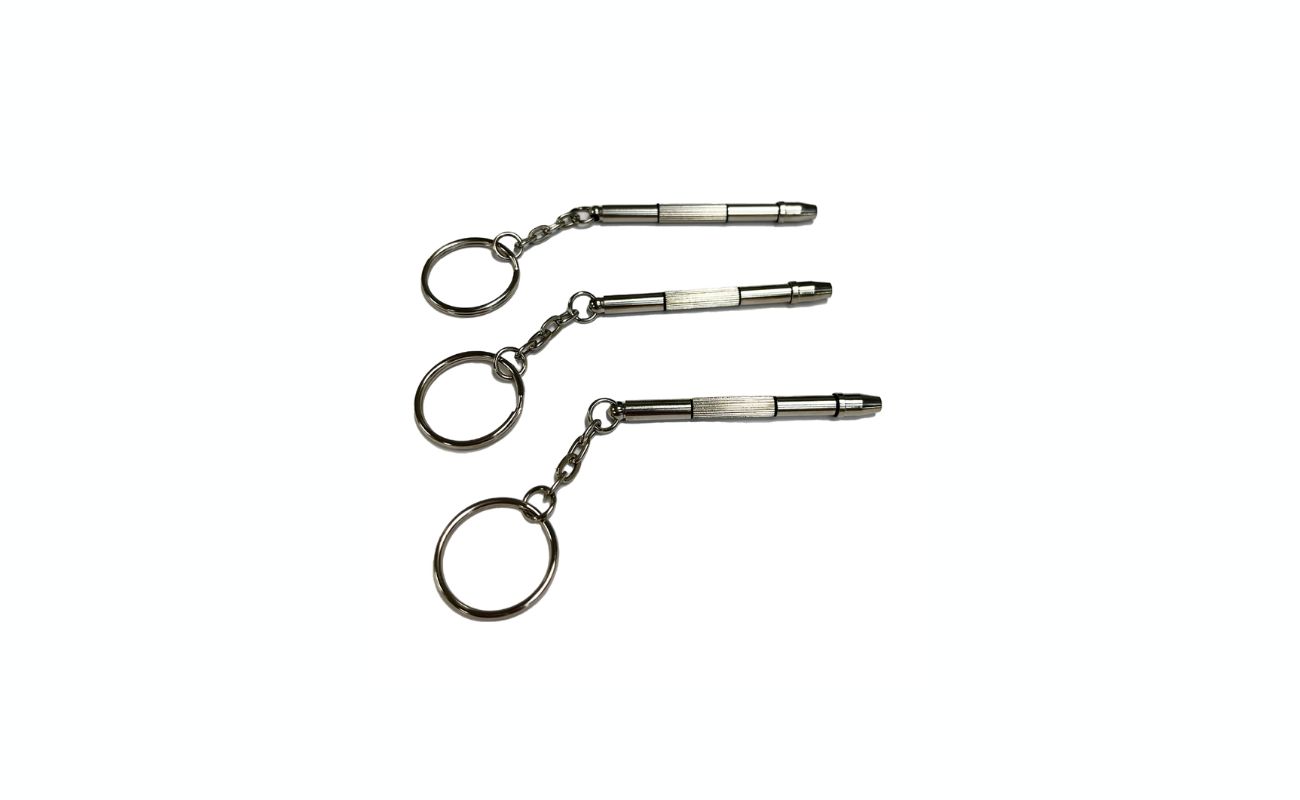
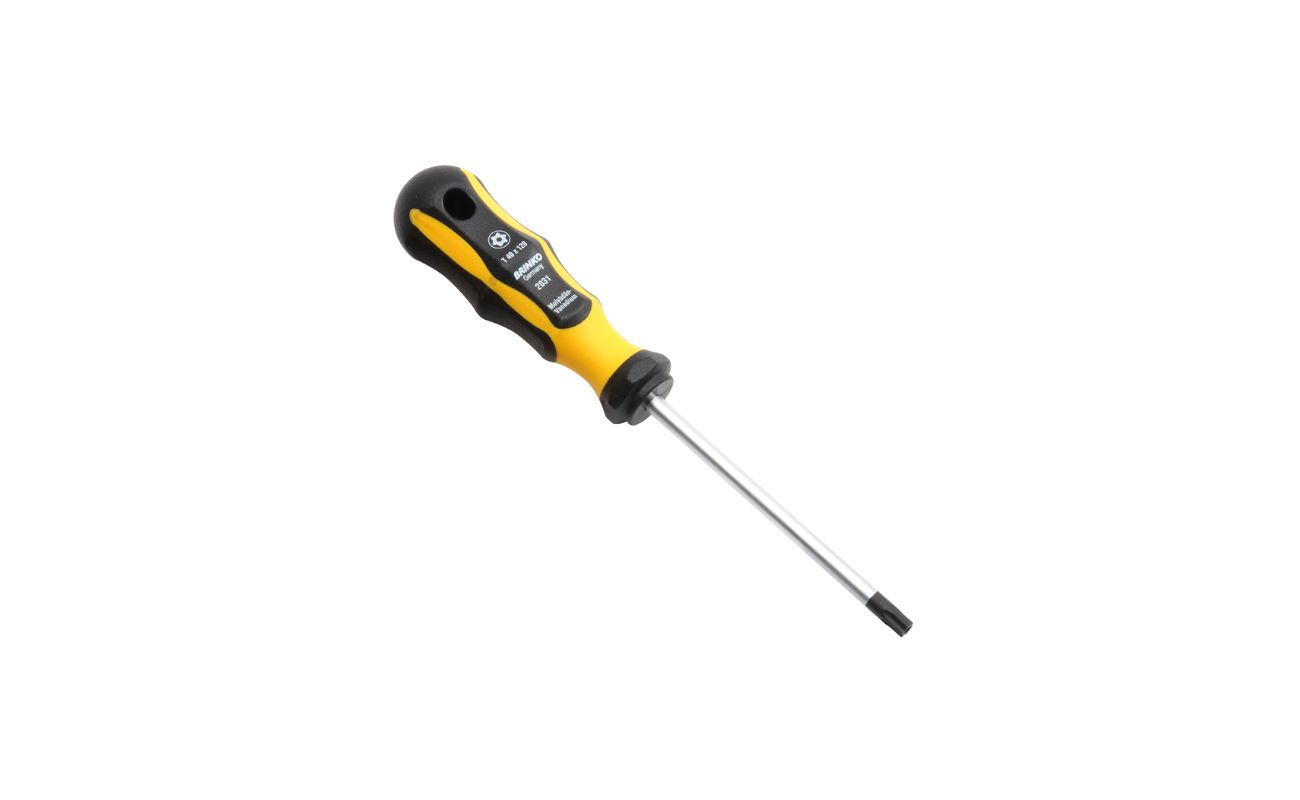
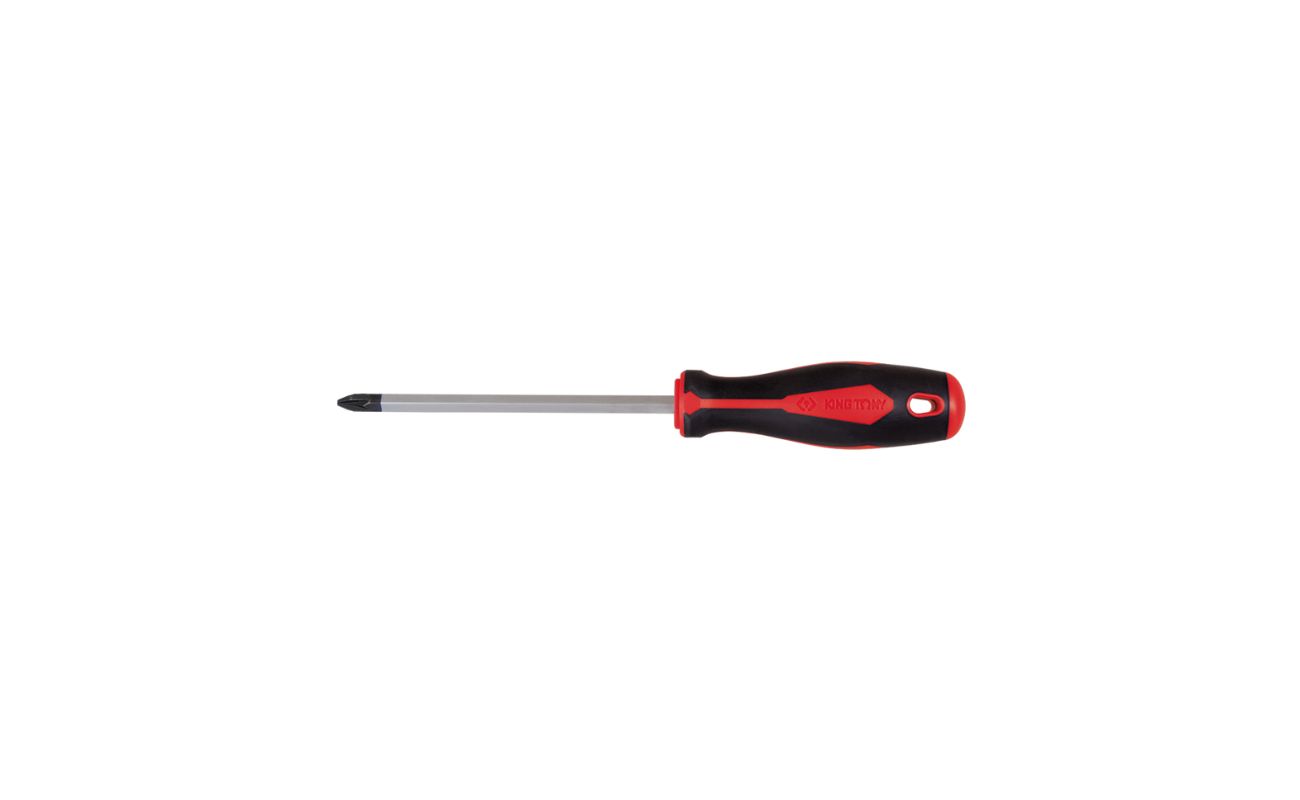
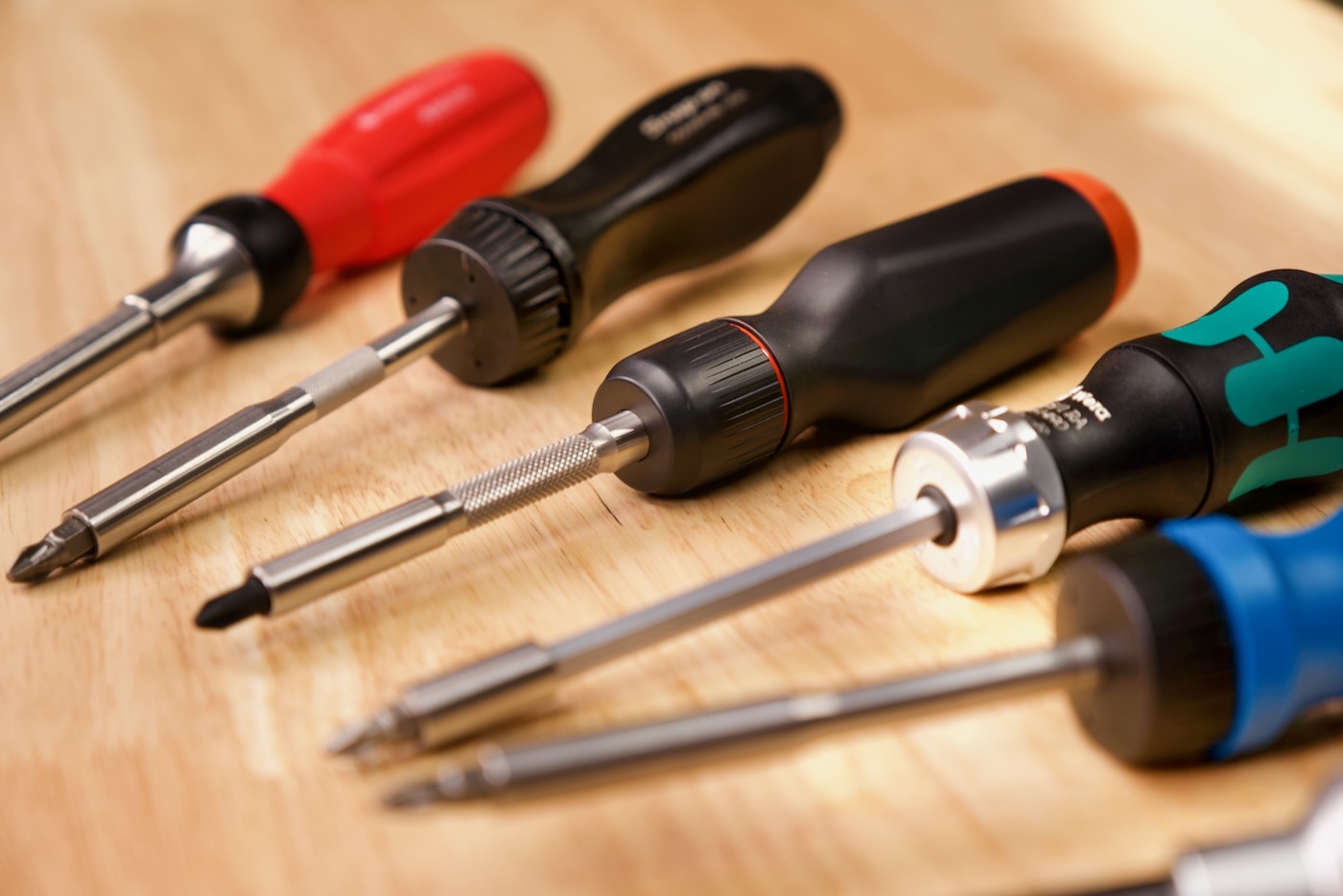
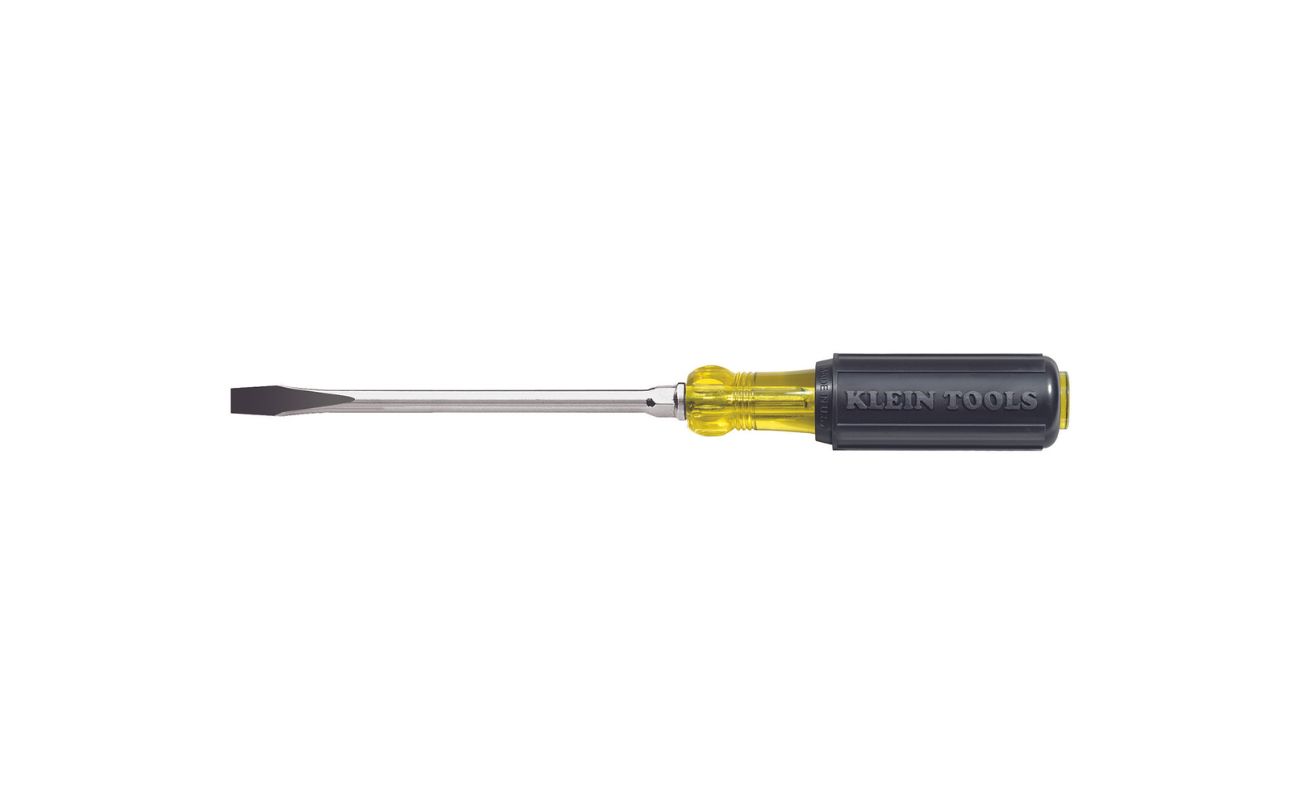
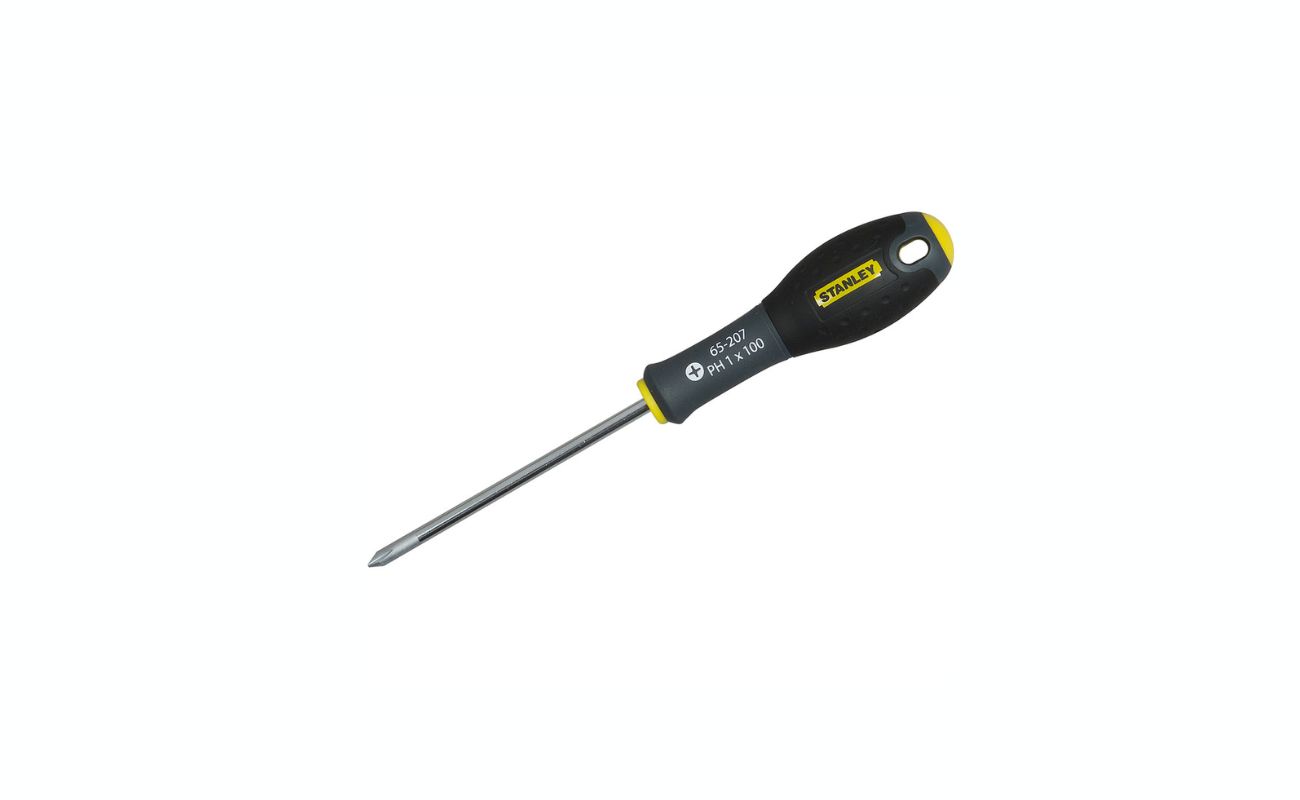
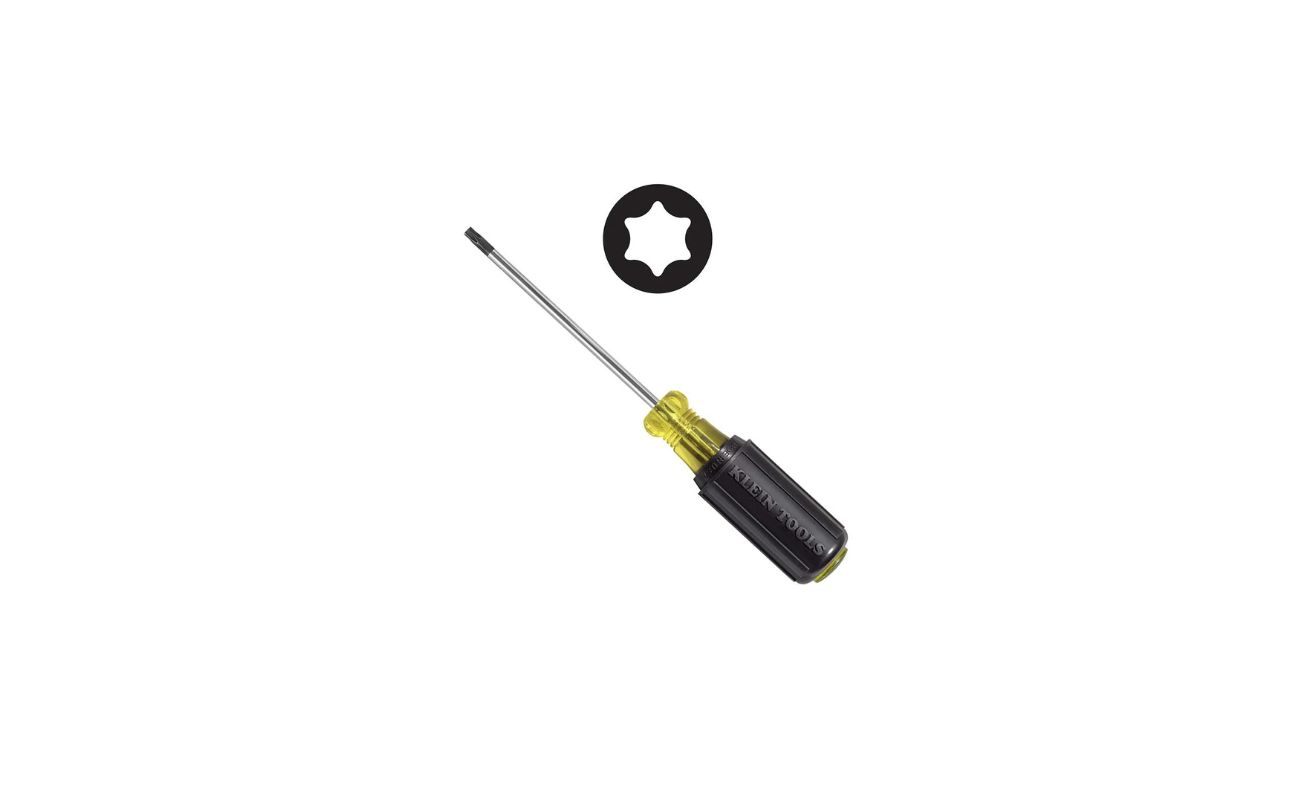

0 thoughts on “What Are Screwdriver Stops”